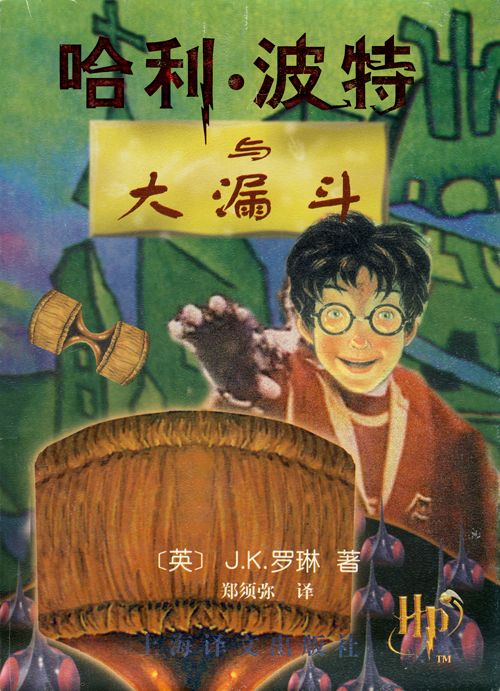Just about everyone reading this blog is mostly likely familiar with the traditional Japanese measure of floorspace known as the tsubo (written as 坪, equal to 3.305785 m2 in standard measures), often translated as something like “tatami mats,” and many readers will know that it is also used in Taiwan and Korea, where it is respectively pronounced ping and pyeong (평). I had always assumed that this unit, like many other archaic units of measure which one will encounter from time to time, such as the shaku (尺), was based on the classical Chinese imperial weights and measures, but in fact-at least according to the Wikipedia Japan article-the tsubo is a unit of measure indigenous to Japan, and its use in Taiwan and Korea is exclusively due to influence of the colonial period.
While I can confirm from my time in Taiwan, and in particular my week long period of apartment-hunting, that the ping is still the standard unit of housing area used in real estate advertisements and transactions, the Wikipedia article (Japanese and Chinese versions both) state that Taiwanese law has mandated a metric standard since occupation by the Republic of China government after the war.
Interestingly, although there seems to have been little interest in eliminating this colonial unit of area in relatively Japan-friendly Taiwan, the government of South Korea is apparently still trying. Like Taiwan, the pyeong (keep in mind that all three terms, tsubo, ping, and pyeong are merely different pronunciations of the same term due to linguistic and historical peculiarities of the nature of words shared between the three languages) has remained in common use by the real estate market, despite the passage of a 1961 law proclaiming public use of the metric system. South Korea has reportedly passed a new law, which came into effect July 1 of this year, which will impose fines for the use of pyeong instead of square meters. I would be very curious to know if any readers have some more information on the history and present state of the use of this measure in Korea or other places, as well as confirmation that it has not, in fact, ever been used in China. Incidentally, I imagine that North Korea has had outstanding success in replacing Japanese measures with the metric system.


